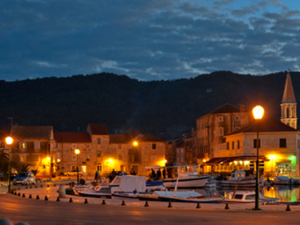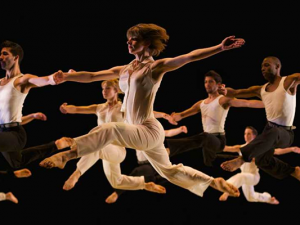
You may never have heard of Easter Island, or perhaps you’ve heard of the famous Easter Island heads- the statues of the island. Either way this small island is draped in mystery and intrigue and MyTravelMoney.co.uk is here to tell you more.
Easter Island is a small Polynesian island situated in the Pacific Ocean marking the furthest south-eastern point of the Polynesian triangle. It’s unsure when the first settlement on Easter Island was but it’s estimated to have been between 300-1200 AD. Far from being creatively named, Easter Island gained its name after a Dutch explorer came across the island on Easter Sunday in 1722.
One mystery of Easter Island is rongorongo. Rongorongo is a system of glyphs that are believed by some to be a form of writing. Whether it is or not remains uncertain and, either way, rongorongo has not been deciphered and still remains a mystery. It’s very interesting to look at though and seems to be made of drawn outlines of things such as people, plant and animals as well as geometric shapes.
“Easter Island head”, actually called moai, are large stone statues often made of solid volcanic ash. Despite being known as “heads” most of the statues are actually the head and torso and ending at the thighs. Some of the statues have been buried up to their necks due to shifting soils which is possibly why they have been often wrongly called heads. It’s not known exactly how the large and heavy statues were transported but some believe they were placed on wooden frames and dragged to their intended place. Almost half of the statues remain unfinished and have been left in a quarry. Exactly why the statues were left and never finished remains a mystery especially as the moai had obviously held some significance to them in the first place.
The island doesn’t have many trees and some specialists believe this is due to the natives cutting down trees in order to make frames for the transportation of moai, although the evidence for this is not conclusive but is considered as a possibility. Evidence of possible cannibalism also exists although it’s unsure whether this was purely ritualistic or widespread cannibalism. Barbara A. West noted “By the time of European arrival in 1722, the island’s population had dropped to 2,000 – 3,000 from a high of approximately 15,000 just a century earlier.
Easter Island is an incredible and fascinating place to visit with an interesting history and surrounded by many enthralling myths and legends and even a cult. It also has lots of entertainment including an annual festival held around the beginning of February to celebrate their life and culture.
Remember to drop by MyTravelMoney.co.uk to compare travel money rates and get the best deal on your Chilean Pesos before you go!







